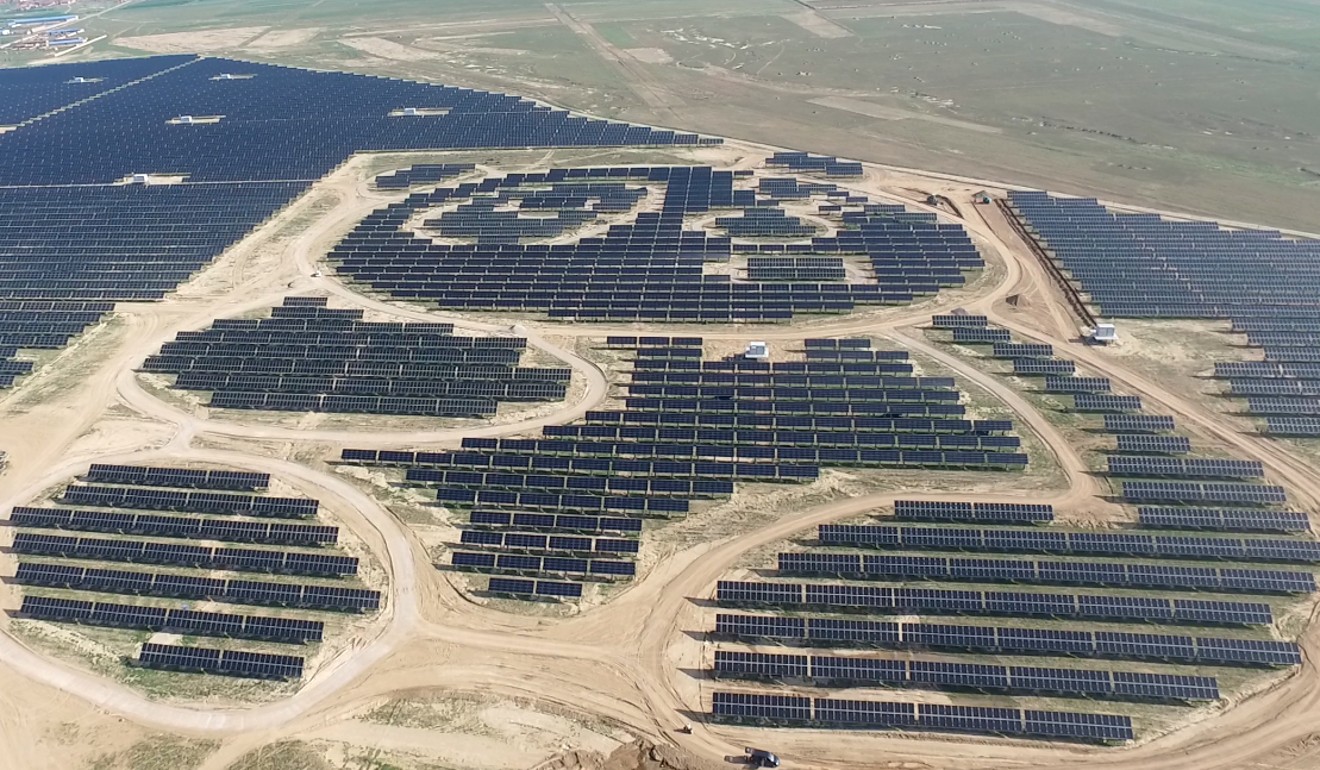
New Silk Road offers a US$7.5b new market for China’s solar energy firms
Domestic demand currently accounts for half of China’s annual 80 GW of solar generating capacity, with the remaining available for export to developed markets in the West and Belt and Road countries

China’s attempts to revive the Silk Road are likely to create a new market worth about 50 billion yuan (US$7.5 billion) a year for the country’s solar panel makers and solar farm installers as Beijing’s perceived new global economic order opens a floodgate for infrastructure spending along the route.
The mainland, a dominant player in erecting solar farms, is able to add 80 gigawatts (GW) of power generating capacity a year, or 80 per cent of the world’s total.
The demand from the domestic market, is estimated to stand at 40 GW a year between 2017 and 2020, accounting for half of the mainland’s total installation power, leaving an excessive capacity of another 40 GW.
Factoring out the demand from major overseas markets including the United States, Western Europe and Japan, about 10 GW of solar panels will likely be installed in the countries covered by Beijing’s Belt and Road Initiative, analysts said.
According to UBS, the Belt and Road Initiative has become a new driving force for the growth of China’s solar power industry.
“Opportunities lie in the markets including the US and the countries along the Belt and Road routes where power generating capacity is insufficient,” said Alex Liu, a UBS analyst whose research focuses on power producers. “Installations of photovoltaic power system can be done faster than coal-powered plants.”

The initiative connecting a belt of overland corridors and sea routes was designed to bolster China’s trade ties with 65 countries that lie along the routes.
Opportunities lie in the markets including the US and the countries along the Belt and Road routes where power generating capacity is insufficient
Building power plants in those countries is an important part of the mainland’s ambitions of creating a new global economic order on the back of an investment of at least 780 billion yuan in infrastructure constructions.
The initiative, introduced by Chinese President Xi Jinping in 2013, is also believed to aim at exporting part of China’s redundant capacity abroad as some of the manufacturing sectors are saddled with excessive stockpiles following decades of investment-led growth.
Rachel Duan, chief executive of General Electric’s China businesses, said in an interview earlier that the US industrial giant would partner with Chinese companies to tap the business potential along the routes, focusing on building power producers.
Installation of solar farm costs about 5.5 billion yuan per GW.
Major Chinese companies engaging in solar farm installations include GCL-Poly Energy Holdings and Suntech Power.
“Chinese companies are showing interest in investing abroad” Liu said. “Their efforts will be well received because the investments can help drive the growth of the local photovoltaic industry.”
UBS predicted that mainland China will have solar power generating capacity of 225 GW by 2020, buoyed by the government’s positive stance on the new energy source.
It will beat a consensus forecast of about 150 GW.